
Proposals to promote the use of FI in RES
Proposals have been developed to promote the use of financial instruments in the field of renewable energy resources in Latvia.
Why RES are not growing as expected?  Most Member States and European regions, have introduced measures to boost RES generation and storage in their regional RIS3 strategy, national energy strategic plans and their respective regional programmes, for Investment for Growth and Jobs, but most of Members States are below the expected RES 2020 targets. RES are not growing as expected, and States are now looking for new solutions such as energy storage or innovative financial schemes. RES sector is requiring new supporting schemes, capable of unlocking the great potential of private investment by overcoming the financial, legal and administrative barriers in decentralized investment for both, RES generation and storage. FIRESPOL: The way to find new solutions FIRESPOL seeks to boost regionally-specialized and decentralized Renewable Energy Private Investment, by introducing improvements in the management of OPs which will break the financial barriers currently stopping the investment of the RES sector. The objective is to create, inside the OPs, new supporting schemes such as Financial Instruments (FIs) or new grants schemes which can achieve the same socioeconomic impacts than FIs.
Most Member States and European regions, have introduced measures to boost RES generation and storage in their regional RIS3 strategy, national energy strategic plans and their respective regional programmes, for Investment for Growth and Jobs, but most of Members States are below the expected RES 2020 targets. RES are not growing as expected, and States are now looking for new solutions such as energy storage or innovative financial schemes. RES sector is requiring new supporting schemes, capable of unlocking the great potential of private investment by overcoming the financial, legal and administrative barriers in decentralized investment for both, RES generation and storage. FIRESPOL: The way to find new solutions FIRESPOL seeks to boost regionally-specialized and decentralized Renewable Energy Private Investment, by introducing improvements in the management of OPs which will break the financial barriers currently stopping the investment of the RES sector. The objective is to create, inside the OPs, new supporting schemes such as Financial Instruments (FIs) or new grants schemes which can achieve the same socioeconomic impacts than FIs.  OUTPUTS
OUTPUTS
€1,188,353.00
Low-carbon economy
OP’s priority axis No.4 “Shift towards a low-carbon economy in all sectors”
Specific objective No. 4.2.2 “Facilitating the increase of energy efficiency in municipal buildings according to the integrated development programmes of local governments” (SO 4.2.2) has been designed including promoting the use of renewable energy sources (RES):
- ERDF funding available for SO 4.2.2 - 46 996 394 million EUR; maximum ERDF aid intensity - 85%
- Final beneficiaries of SO 4.2.2: municipalities, municipal institutions, municipal capital companies
- Eligible activities of SO 4.2.2: to increase energy efficiency as well as use of RES in local government infrastructures.
REASON FOR IMPROVEMENT
According to the national implementation framework for SO 4.2.2, ERDF funding is provided in the form of non-repayable grants to local governments as a result of a project selection procedure, which is organised either by the municipality itself (in the case of 8 national development centres) or the Cooperation Institution based on results of project shortlisting procedure organised by the Ministry
As for facilitating the transition towards financial instruments is also important given that in the post-2020 budgetary framework the proportion of non-repayable grants is expected to be substantially reduced in favour of financial instruments, therefore it would be advisable to introduce elements of financial instruments already in the programming period 2014-2020
Main features:
Investment Priority 4C of the ROP focuses on “supporting energy efficiency, Smart energy management and renewable energy use in public infrastructures, including in public buildings and in the housing sector”. This Priority aims to improve thermal performance of households within the region and decrease GHG produced.
Ireland has a national commitment to reduce carbon emissions and energy usage by 20% across the whole economy and 33% for the public sector by 2020.
Reasons why it should be improved
Priority 4, has currently 2 schemes in the area of EE and retrofit works: Better Energy Warmer Homes Scheme and Social Housing Retrofit. It doesn’t have a specific line that promotes RE investment in the region, although its definition within the ROP makes it possible to develop a new line of specific incentives and grants.
The ROP involves €249 million ERDF. During its drafting an evaluation on the potential use of FIs under Priority 4c (EE) was conducted. The study found that there would be potentially suitable projects in the region, but the region still lacks of in-depth knowledge in the area of FIs for RES
FIRESPOL complements this Priority as it aims to boost regionally renewable energy private investment, by the introduction of grants and management measures that make grants attain impacts similar to innovative financial instruments, in order to pave the way for the introduction of concrete financial instruments.
Policies we would like to address are included in the Thematic objective Nr. 4 of OP Supporting the shift towards a low-carbon economy in all sectors“. Investment priorities affected by the project are:
- 4b Promoting energy efficiency and renewable energy use in enterprises and
- 4c Supporting energy efficiency, smart energy management and renewable energy use in public infrastructure, including in public buildings, and in the housing sector
The total ROP EU allocation amounts to EUR 6.88 billion (4.3 billion from ERDF). Thematic Objective 4 constitutes the 7,73% of the total budget.
REASON FOR IMPROVEMENT
Thematic objective 4, has a very broad coverage of investment priorities and specific objectives, having Investment priorities directed at the general services sector, industry, public infrastructure and buildings and private housing
However, in Croatia OP 2014-2020 for Competitiveness and Cohesion, the investment opportunities are limited to non-refundable grants, so the potential benefits of other funding mechanism such as Financial Instruments will not be achieved. For this reason, the introduction of Financial Instruments in the OP or the introduction of new management criteria in order to allow for a wider impact (similar to FIs impacts) of the current grants will be an important added value. The new management system for grants seeks to achieve higher impact (multiplying effect, financial leverage, etc.) similar to FIs.
Main features
The project will affect to investment priorities
4a - promoting the production and distribution of energy derived from renewable sources;
4b - promoting energy efficiency and renewable energy use in enterprises;
4c - supporting energy efficiency, smart energy management and renewable energy;
Altogether, in 2014-2020, 320 million of euro. One of the expected impacts is to increased share of electricity production from RES in total electricity production from 1,5% to 5,6%; from 2014 to 2020.
Reason why it should be improved:
In all these priorities the support is given as a non-repayable grant. In the future it is necessary to improve the impact of all support schemes, allowing for a bigger socioeconomic impact, especially those considered typical from the financial schemes (financing leverage, multiplying effect, etc.)
Also, many entrepreneurs are willing to invest in RE projects, but banks they are reluctant to offer commercial loans or credits to RES production. This is due to the uncertainty concerning the real profitability of these projects, so the need to modify existing grants and eventually creating financial products with public funds participation (reducing the risk) is crucial in order to unlock the potential for private investment.
Also, the impact of current grants has to be analysed in the light of the impacts attained by the new Financial Instruments directed at green energy investments.
Features of the Policy Instrument
Axis 3 of the OP emphasizes on efforts towards reducing CO2 emissions in all sectors of the economy and consists of all relevant measures for enhancing energy and resource efficiency. Investment Priority 4f of the axis focuses on promoting research and innovation in the field of low-carbon technologies, their utilization and expansion.
The funding is part of the “Directive of the State of Hessen for the promotion of energy under the Hessian Energy Act (HEG) from 2. December 2015” with the focus on:
- Nr.3. Promotion of innovative energy technologies (in accordance to the § 6 HEG)
- Nr. 5.3 Promotion of municipal information and acceptance initiatives
Reasons for improvement
In 2015, 16.4% of the total electricity consumption in Hessen was generated by renewable energy sources. The target is to cover 25% and 100% of the total energy consumption (electricity and heating, excluding transport) through renewables respectively by 2019 and 2050. Observations demonstrate a good progress in Hessen, however, new policy measures are required to achieve the targets. These include measures for:
- enhancing private investment interest in utilization of renewables.
- need for an improved leverage of public spending.
- promoting demonstration plants /pilots (generation, storing and system integration)
- marketing and expansion of the new technologies
- increasing the social acceptance of citizens and communities
MAIN FEATURES
Investment priority PI. 4.1. has as sole specific objective OE 4.1.2 “Increase the share and coverage of RE in thermal uses”, although the investment priority also foresees the implementation of actions that promote the production of RE (including solar PV).
This PI 4.1. has 3 typologies of actions: Biomass Thermal Energy, Industrial Biogas production and other RES (PV, Solar Thermal, hybrid production and geothermal installations). There are currently in 2017 active grants and incentives aids in almost these mentioned RES.
The 2014-2020 ROP has budgeted a total of 33.023.700 € to be conceded exclusively in non-refundable grants
REASONS WHY IT SHOULD BE IMPROVED
Extremadura OP remains using non-refundable grants as unique investment possibility. This model had worked until the moment, but the situation has changed and Europe is moving towards FIs as best way to increase impacts of ERDF budget.
Extremadura OP would need to include FIs, but given the project schedules for phase 1 and phase 2, it is not feasible to produce so deep modifications on time.
However, it is possible to produce changes in the management of the ROP which will produce similar impacts that the achieved by the FIs funding structures.
ROP has to improve the grant concession system, in order to prioritize funding to those projects which can achieve similar benefits than project funded by FIs, for which it will be necessary to have a full and clear understanding of FIs systems.

Proposals have been developed to promote the use of financial instruments in the field of renewable energy resources in Latvia.

The Fund’s good practices in co-financing energy efficiency and RES projects have been published in the Interreg Europe Policy Learning Platform.
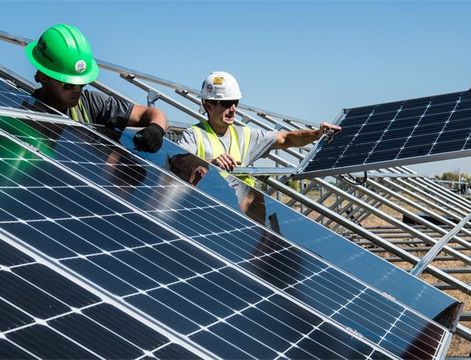
The European Commission accepted and adopted the Action Plan of the Fund defining the measures for the promotion of the use of renewable energy sources (RES).
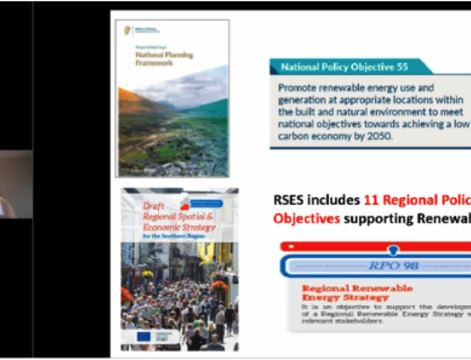
Irish Partner Southern Regional Assembly (SRA) has an ambitious vision of becoming one of the most Creative & Innovative, Greenest and Liveable regions in EU.
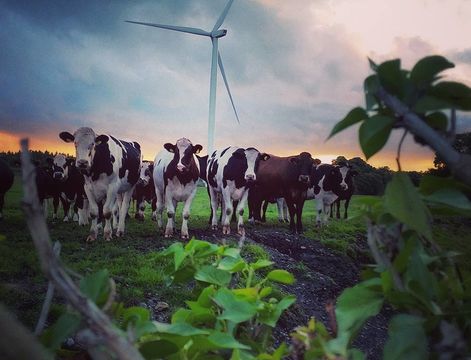
Through the RSES the Southern Region has an ambitious vision of becoming one of the most Creative & Innovative, Greenest and Liveable regions in Europe.
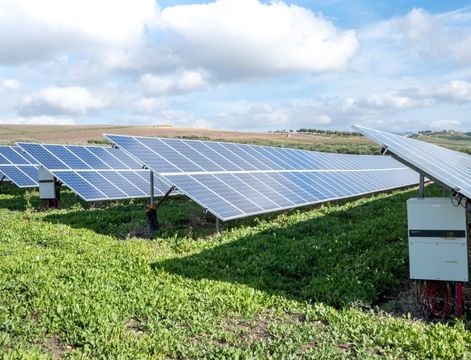
Lubelskie Action Plan is born thanks to the opportunity of exchanging ideas and experiences thanks to FIRESPOL project.
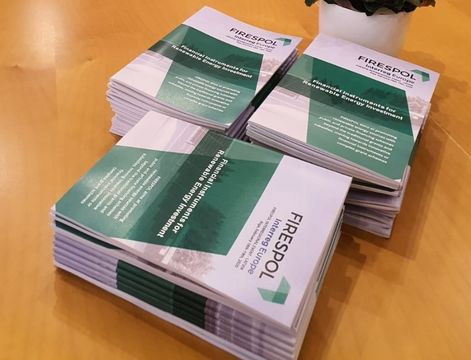
Within the framework of FIRESPOL, MoEPRD is improving the policy instruments by promoting the availability of financial instruments to finance RES projects.
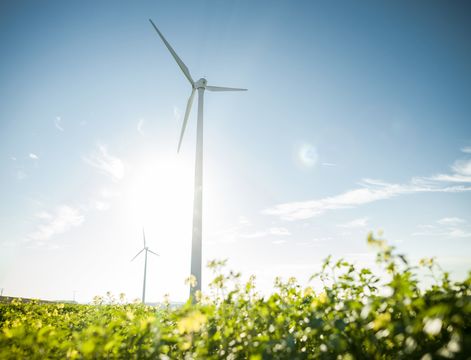
In late summer 2020, the LEA LandesEnergieAgentur Hessen (State Energy Agency), had completed its Action Plan within the framework of FIRESPOL project

Irish Government approves renewable energy auction results - solar, wind and community energy projects set to deliver €1.4 billion in investment and 1,000 jobs
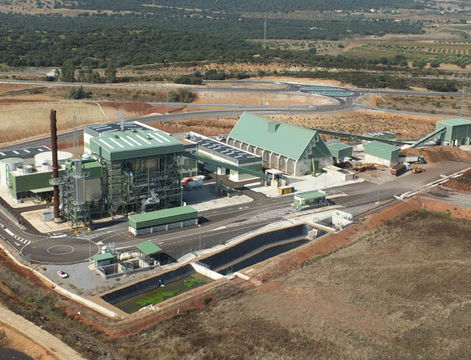
Biomass generates energy to supply 25% of the population of Extremadura.